Example 1: Concrete slab on nine bored piles
A concrete slab 10 x 10 meters in size with a thickness of 180 mm is supported by nine bored piles, of which four bored piles (nodal support 5), including the middle bored pile, only assume forces in the Z-direction. Two of the remaining bored piles each have an inclination of 10° around the X-axis (nodal support 6); another two each have an inclination of 10° around the Y-axis (nodal support 7); and one bored pile has an inclination of 10° around the X- and Y-axes (nodal support 8), so that horizontal forces can be absorbed in the corresponding directions and the system is stable.
The system is loaded by a surface load of 4.5 kN/m² and two line loads, each with 1.0 kN/m.
In the first modeling option, the bored piles are displayed with straight and inclined, single-valued, rigid supports, while in the second option, the bored piles are modeled as beams with a hinged connection. These two options only differ in the strain stiffness of the beams.
The third modeling option corresponds to the second - extended by a member elastic foundation in the local y- and z-directions of each member, which simulate the elasticity of the corresponding subsoil.
For entering spring constants, see the following article titled Member Elastic Foundations 1: Translations and the FAQ titled How do I specify elastic member foundations?
The results show the differences between the three options. As mentioned above, there is basically no difference between options 1 and 2 with regard to support forces, so the results also correspond to each other. With the given loading, tension and compression forces occur in the bored piles, which leads to the fact that the load is distributed relatively unevenly with high amounts at the same time. With regard to the maximum support force, choose these two options to be on the safe side. Figure 04 shows the support forces of options 1 and 2 in one row in the visibility mode.
We recommend entering a member elastic foundation to reduce the support forces and distribute them more evenly. The resulting shear forces and bending moments are relatively low, so only the occurring normal forces and support forces will be considered here. Figure 05 shows the support forces of option 3 in one row in the visibility mode.
Example 2: Steel structure on three bored piles
A steel structure consisting of two steel beams rigidly connected with each other (each 3 m long), as well as of a 1-meter-long bracket, is loaded by three single loads in all three directions at the end of the bracket. Three bored piles with inclinations of 10° each around the X-axis and Y-axis are the supports.
Two modeling options are considered here: Option 1, without member elastic foundation; option 2, with member elastic foundation.
If you consider the structural system in both the XZ plane and the YZ plane, you will quickly notice that the structure is instable due to the effective lines of the forces of the bored piles intersecting at one common point.
Therefore, you have to apply a member elastic foundation here.
Summary
When modeling bored pile structures, the options with and without member elastic foundation provide different results. The option without member elastic foundation can be considered unfavorable with regard to the normal forces of the piles, whereas the option with member elastic foundation is usually more economical. In case of insufficiently stiffened structures, you have to use member elastic foundation, provided that no other horizontal stiffening is present.
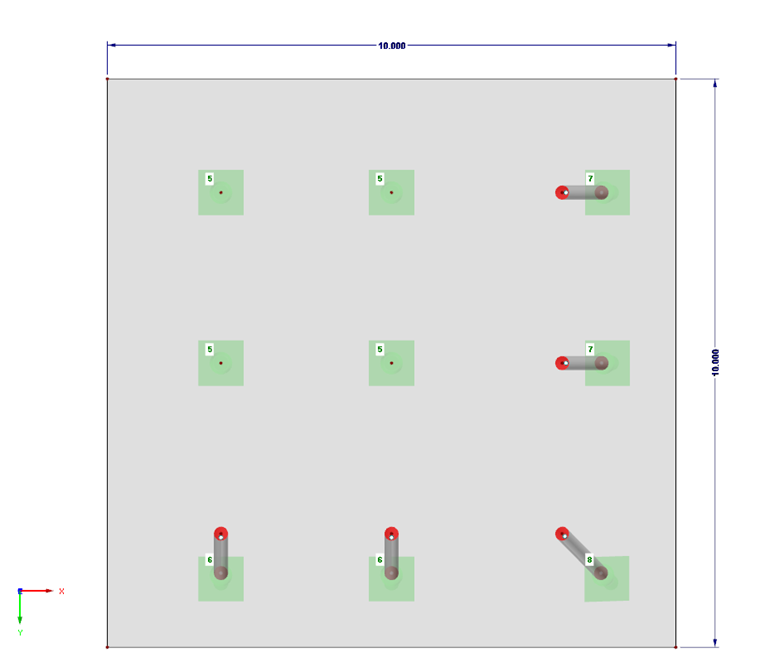
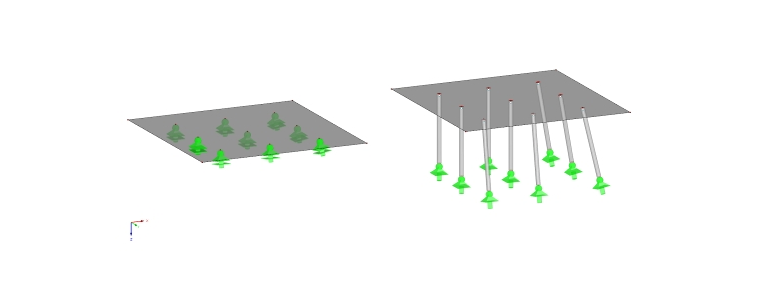
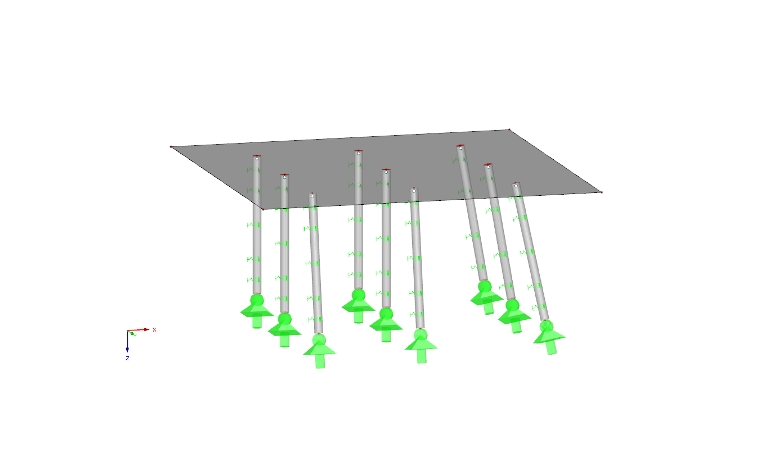
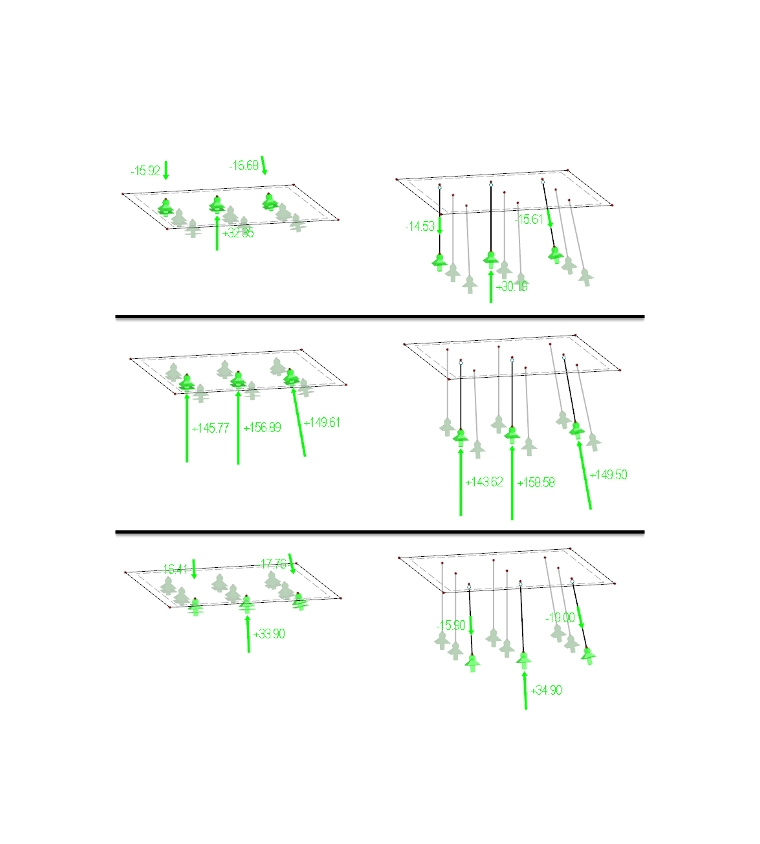
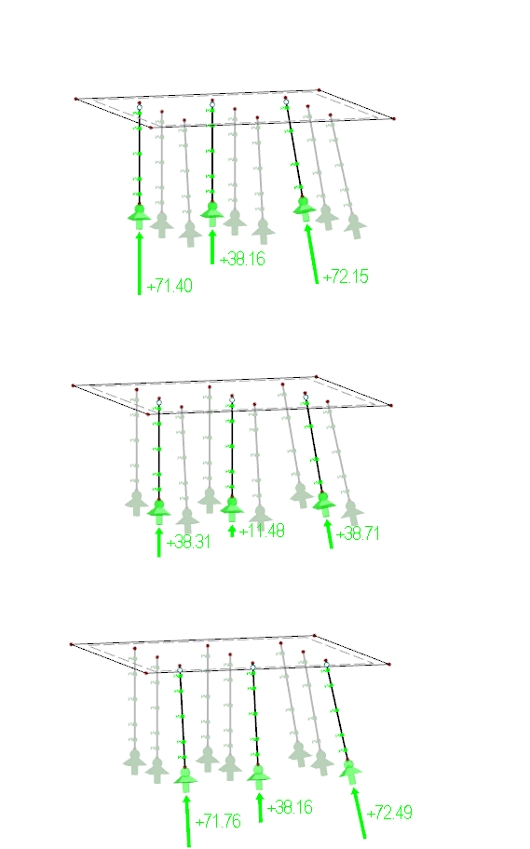
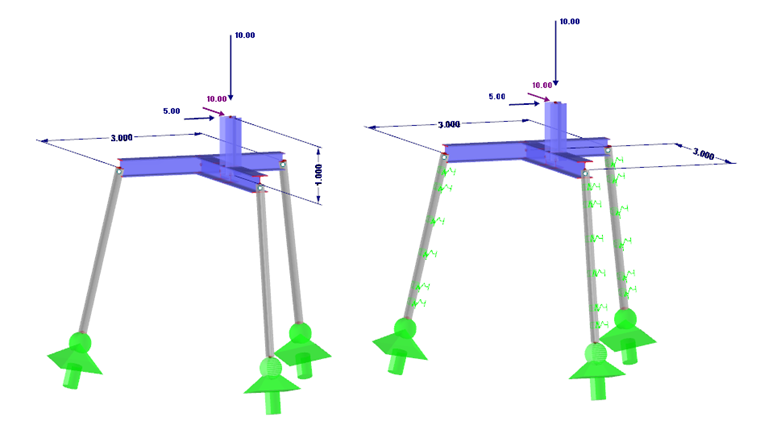



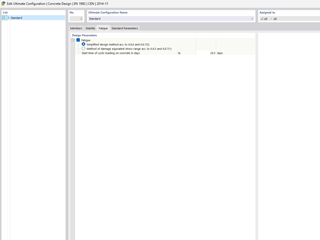
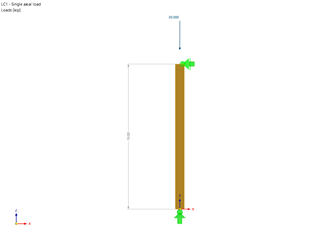









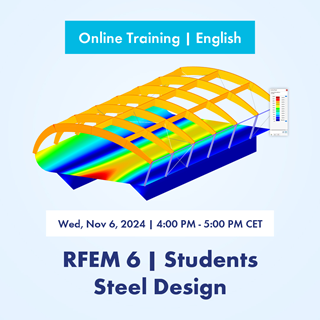
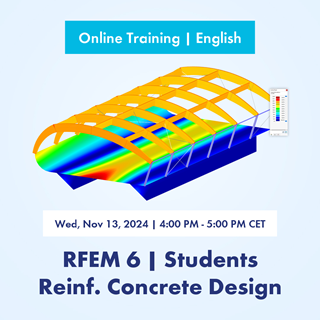
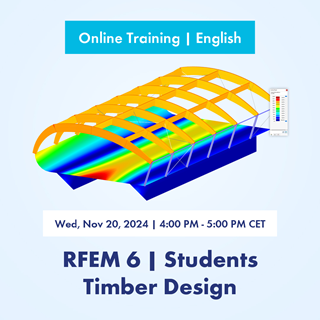





















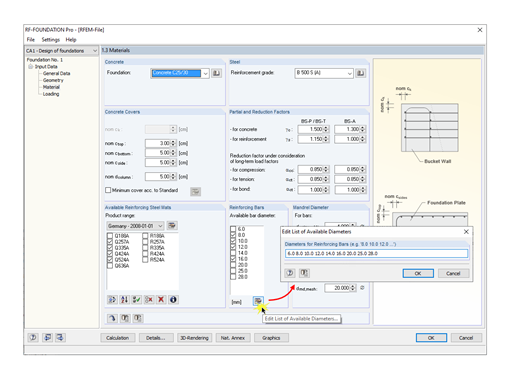






.png?mw=350&hash=1c031608c18b5a867799b52552d26586745de8ac)



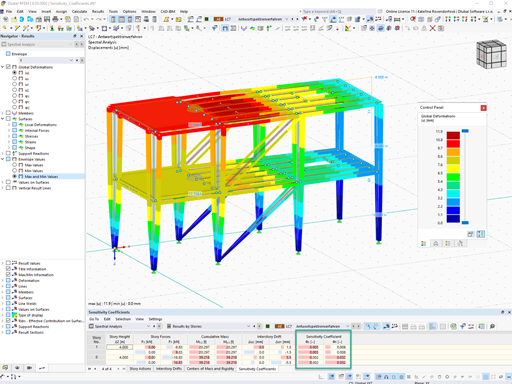
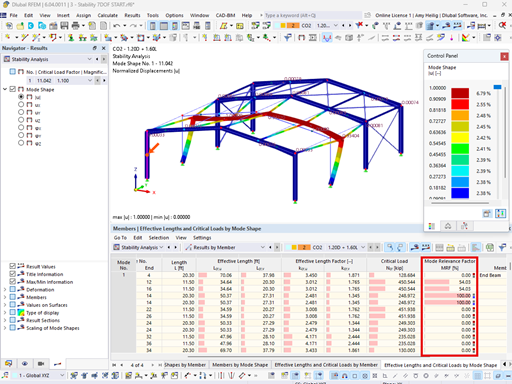
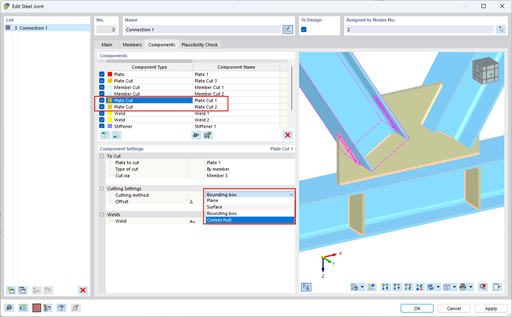

























.png?mw=600&hash=49b6a289915d28aa461360f7308b092631b1446e)
